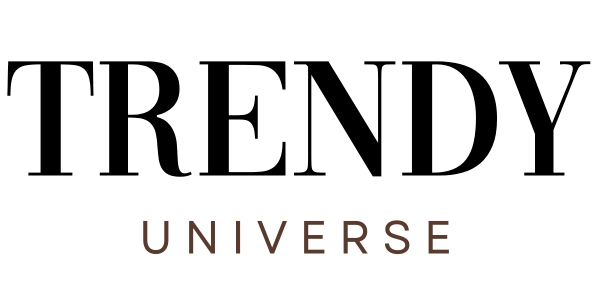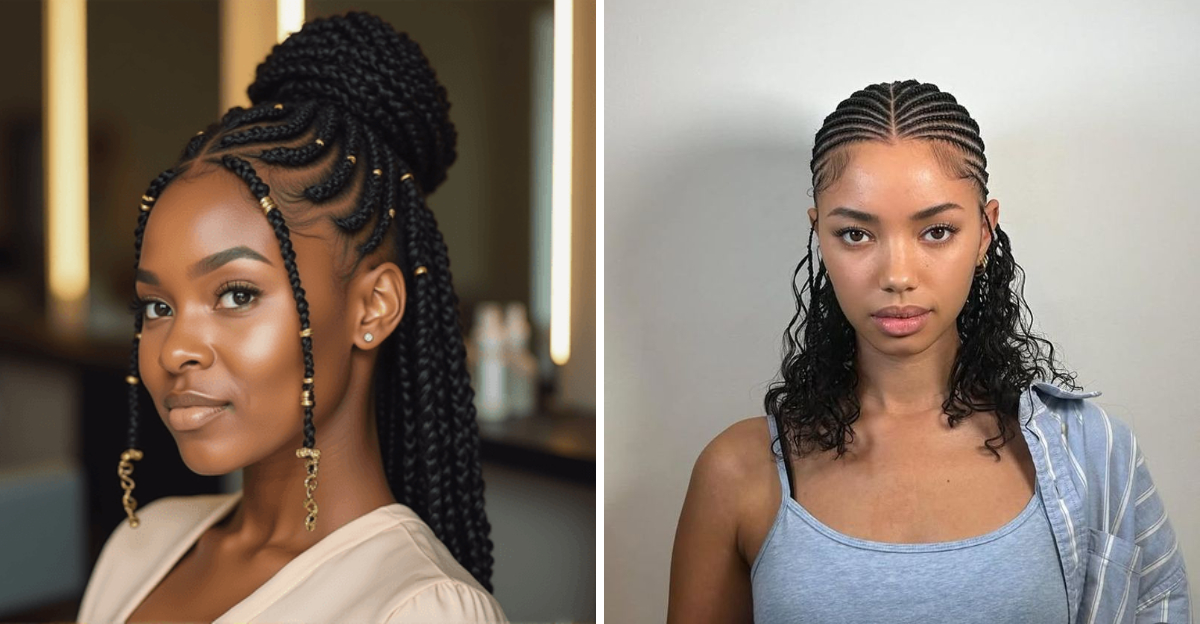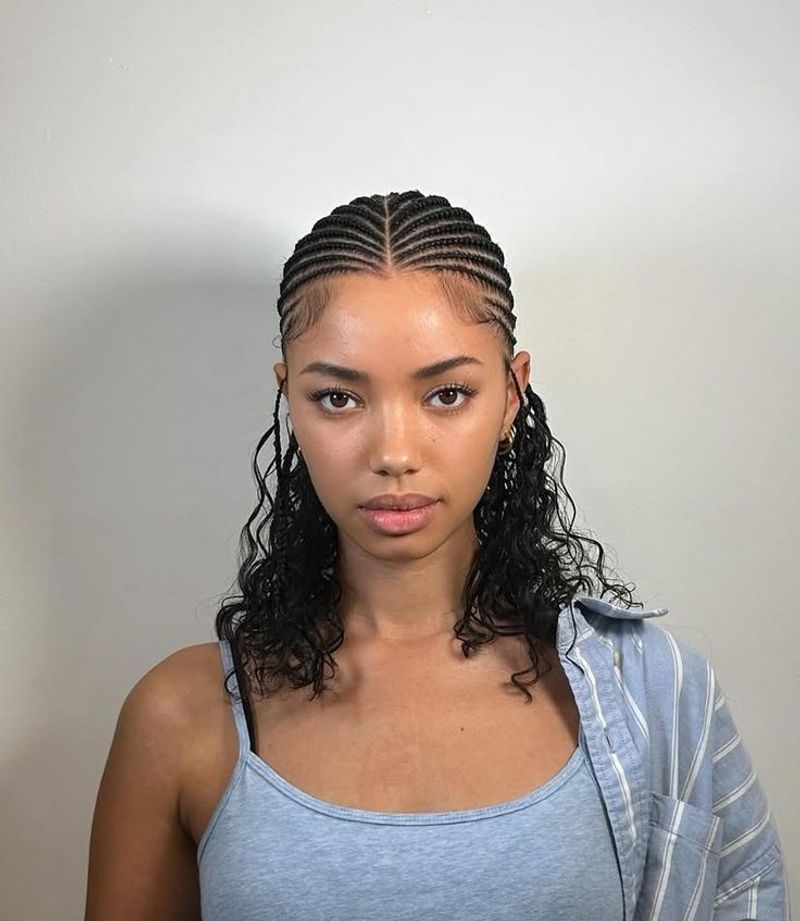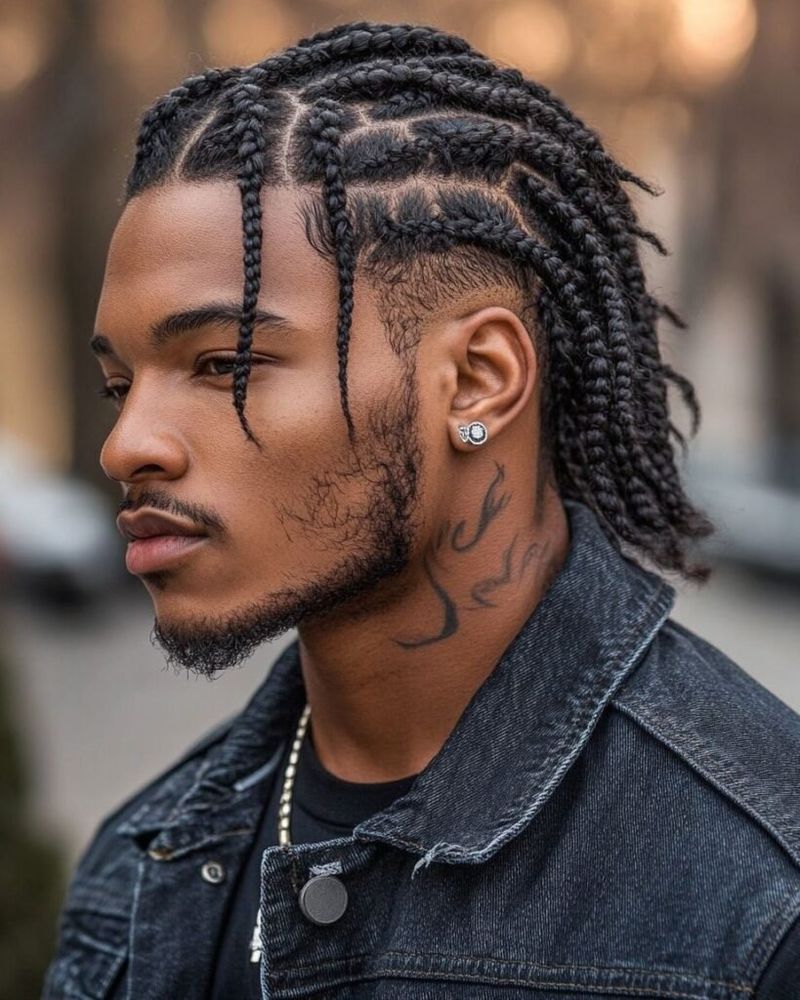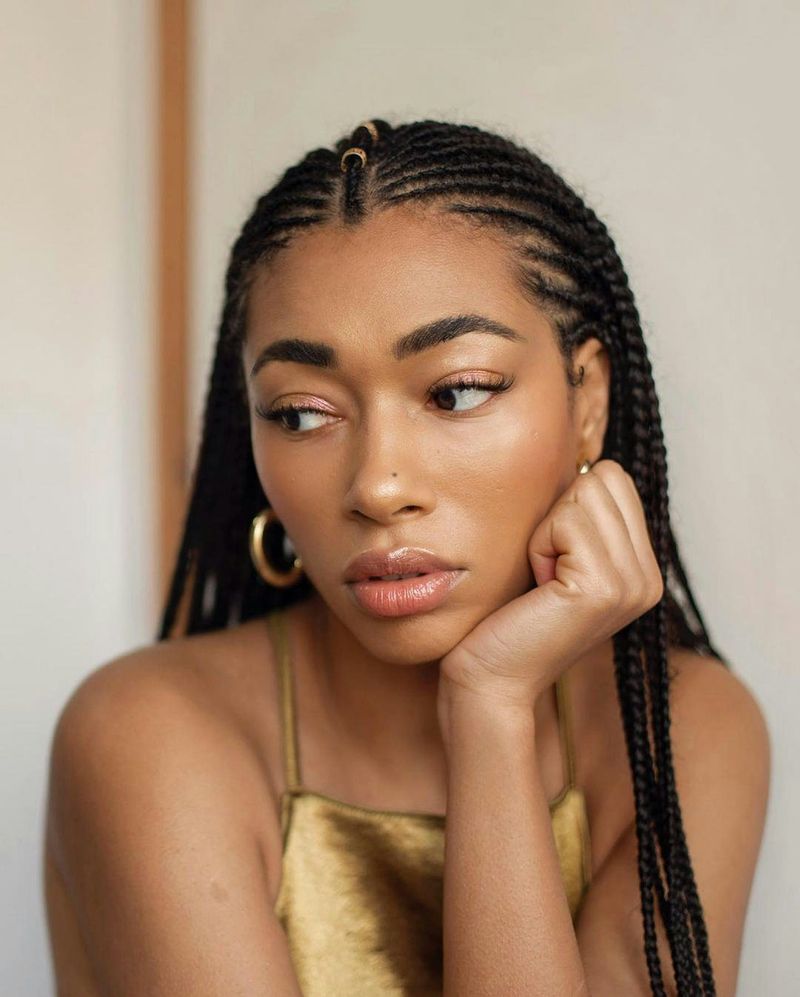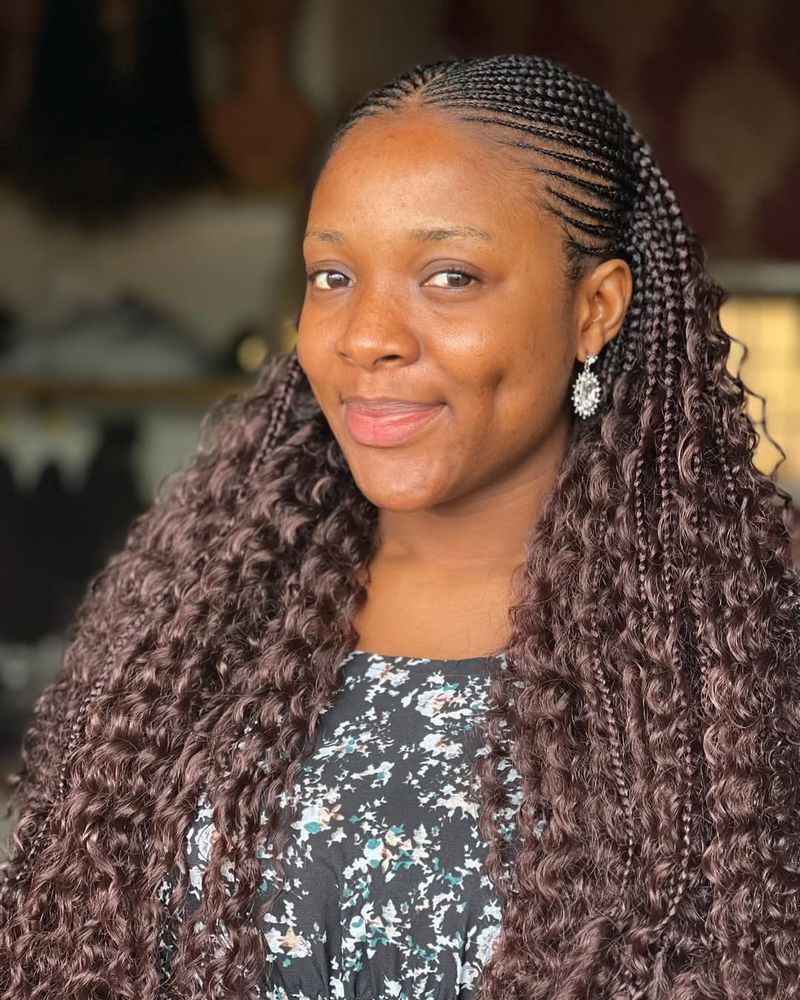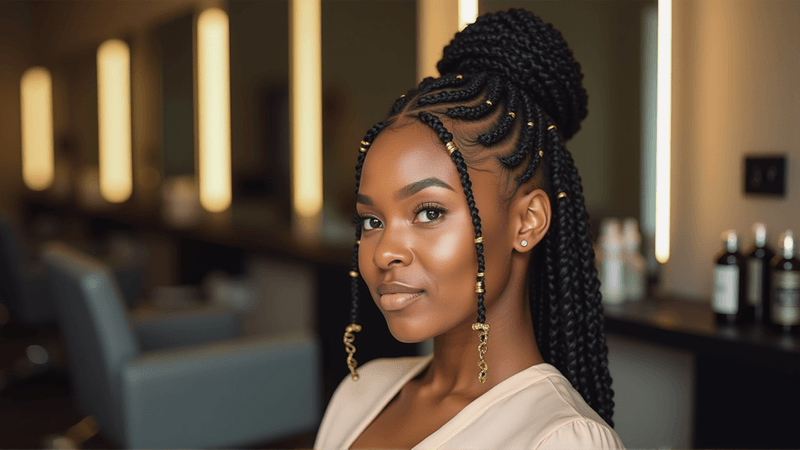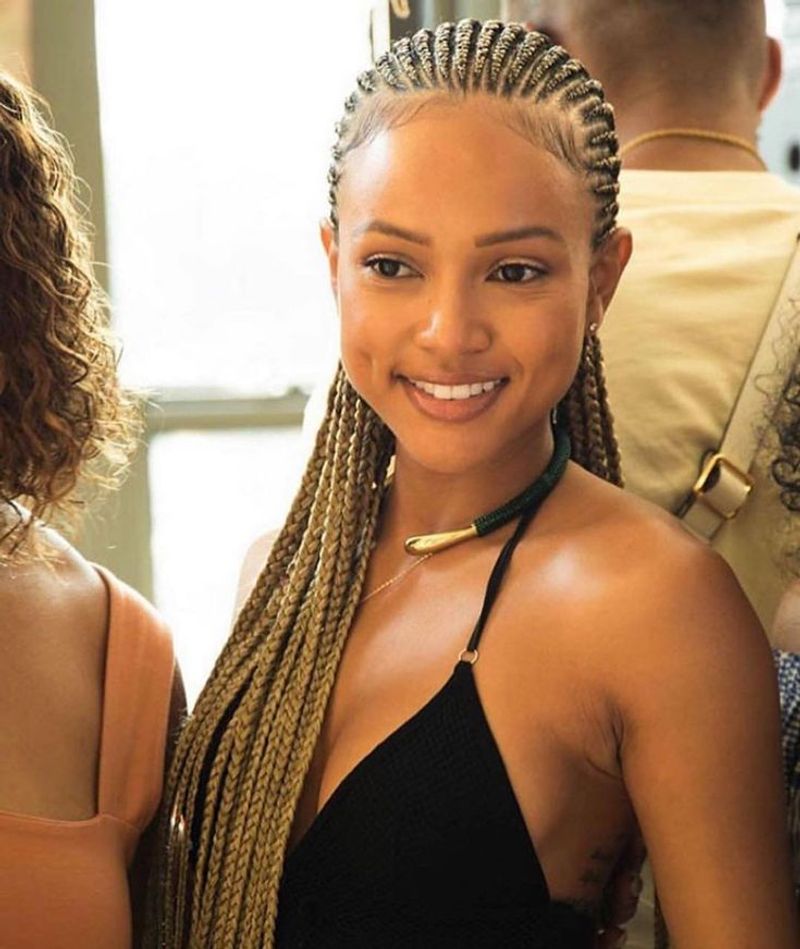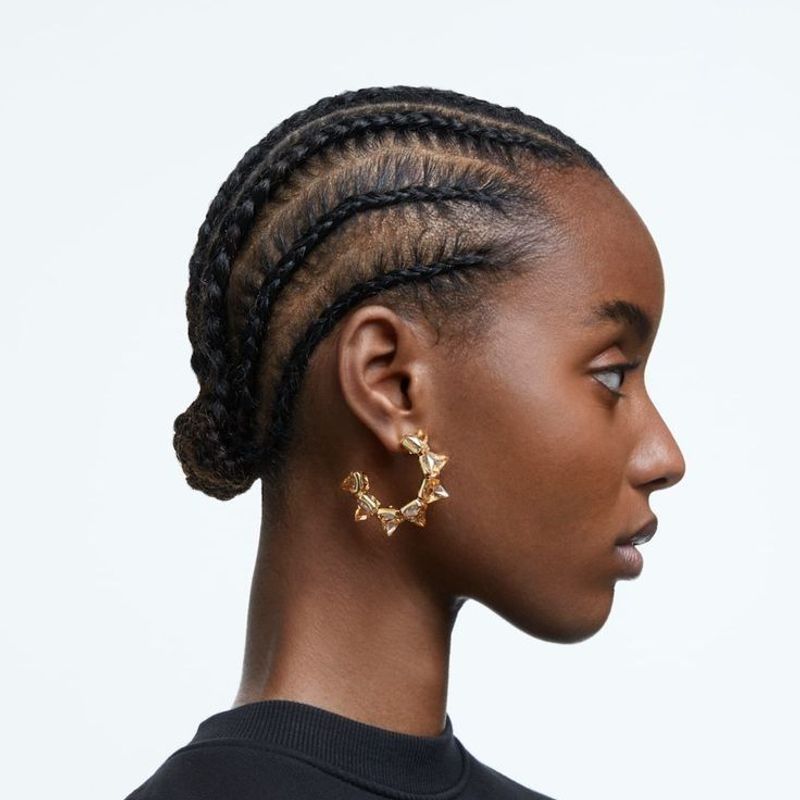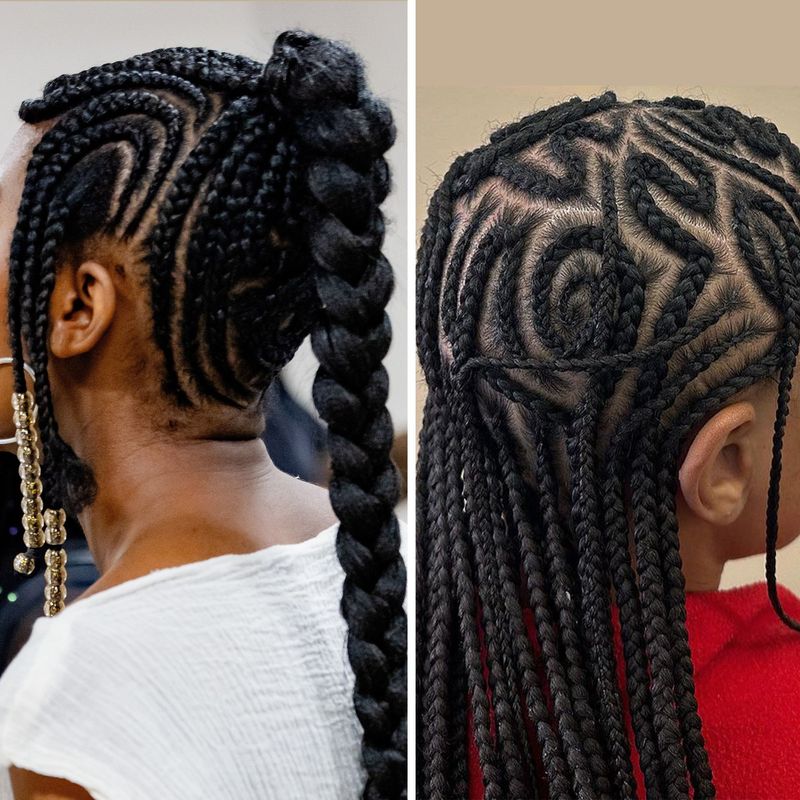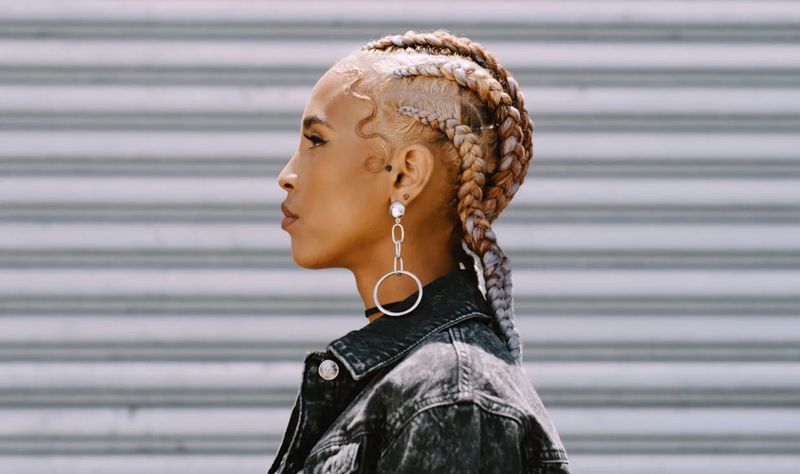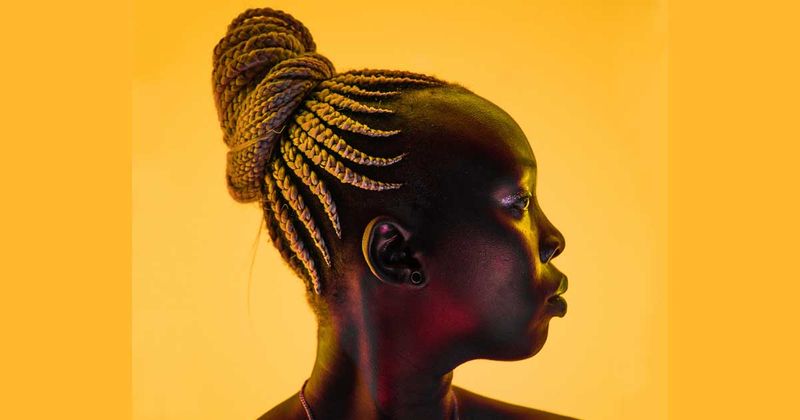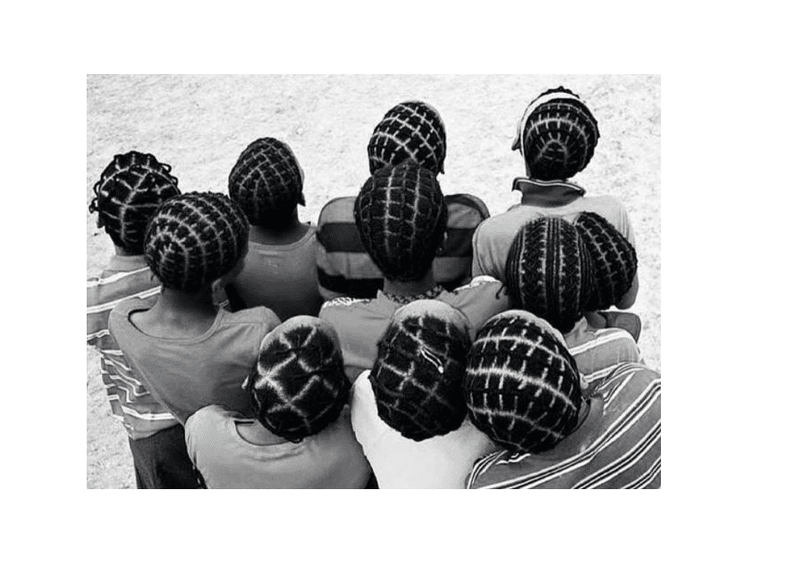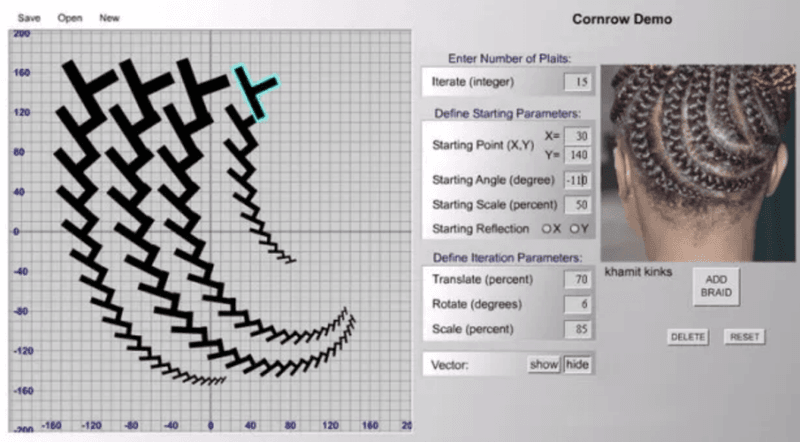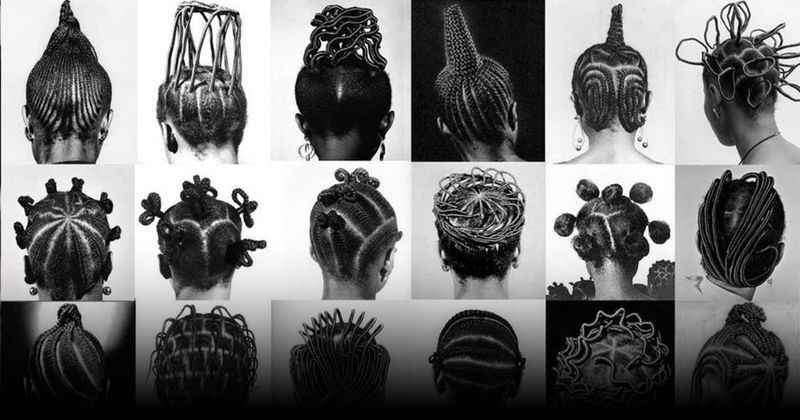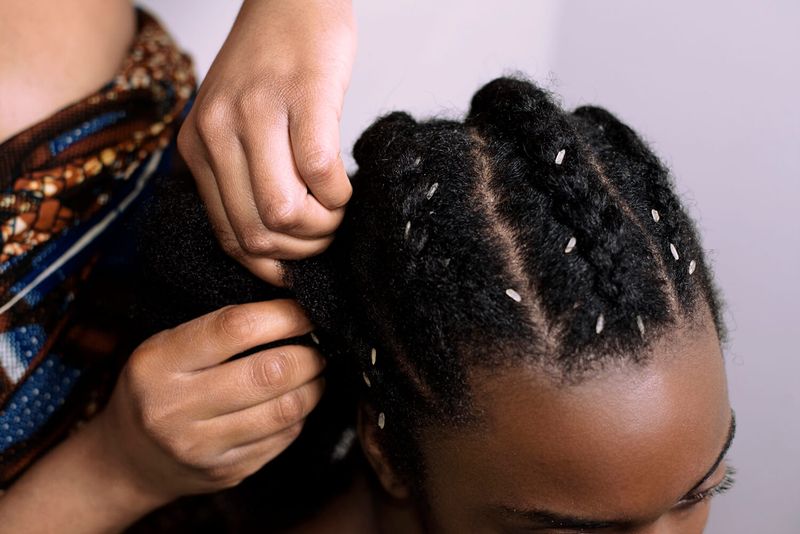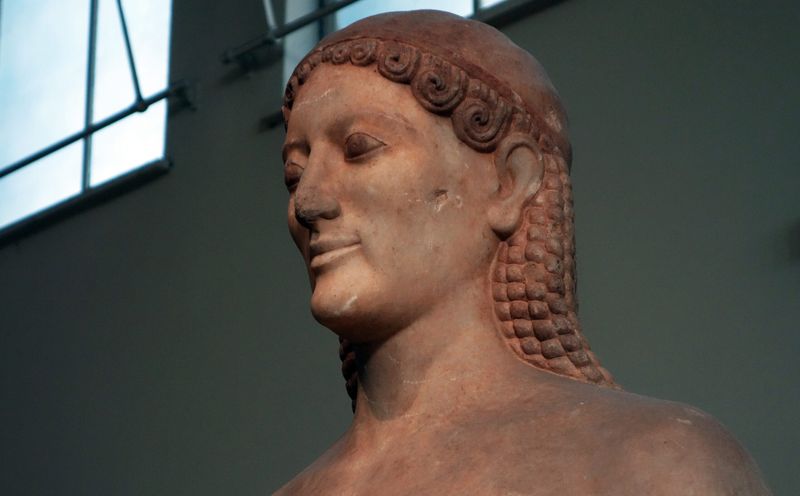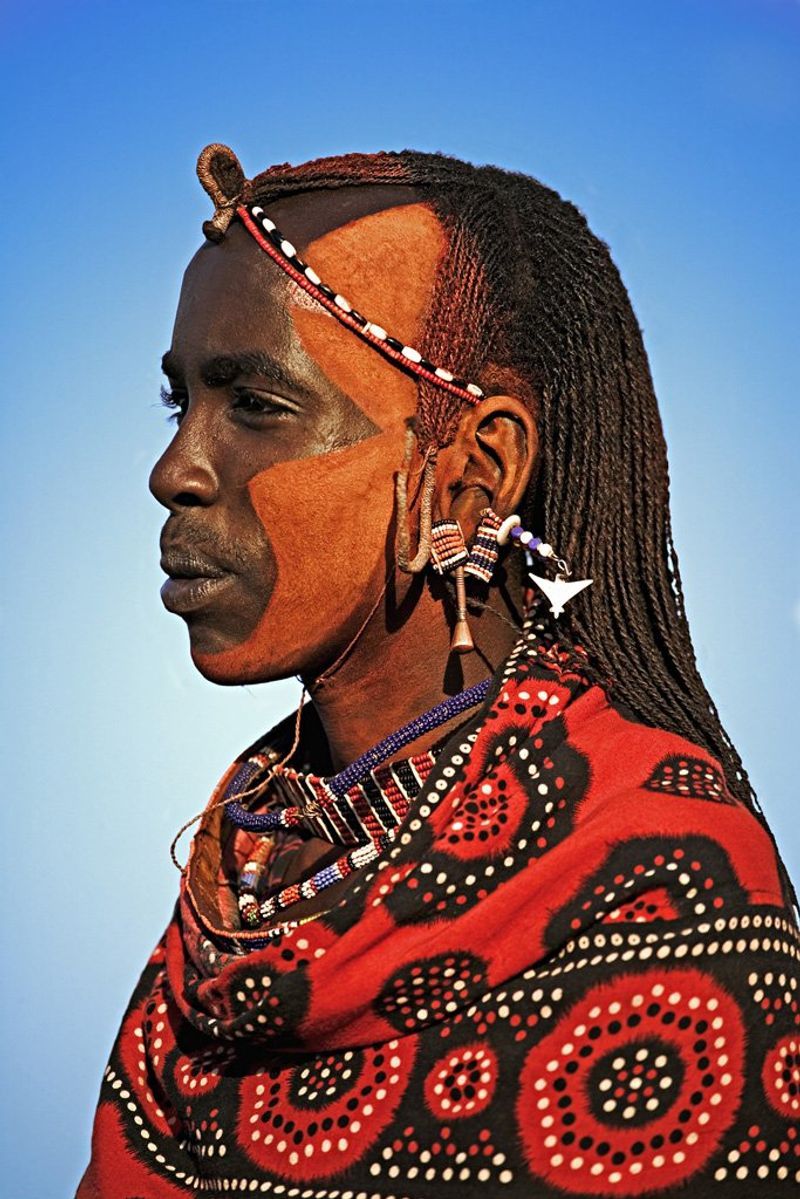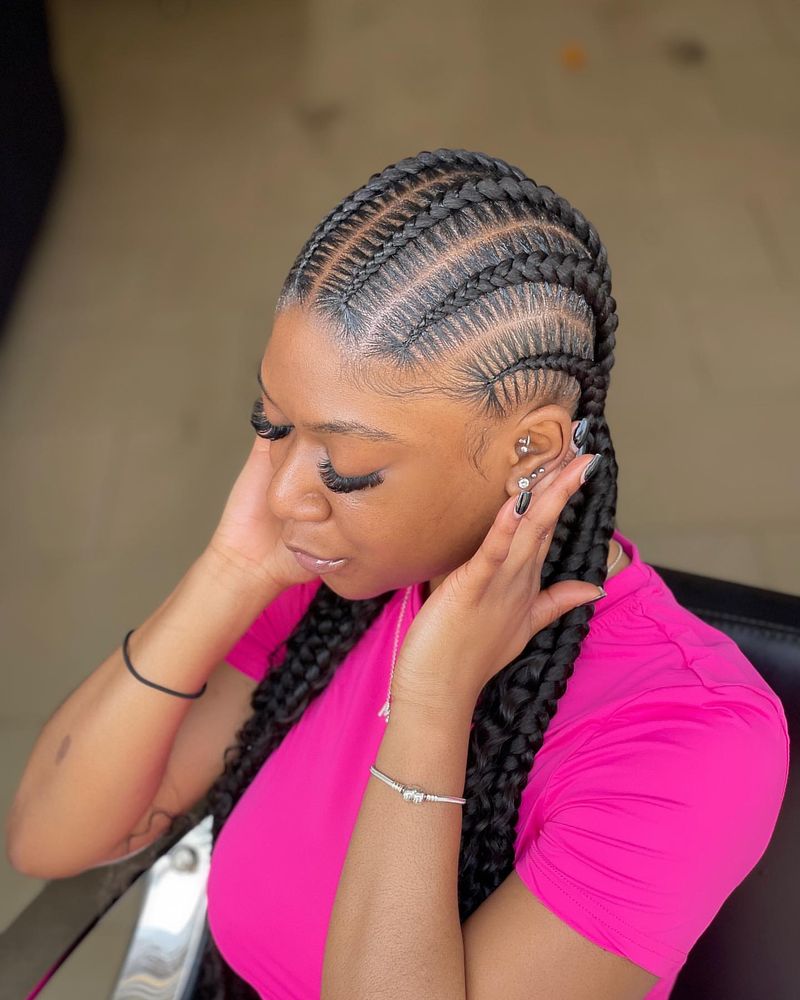Cornrows have been woven into human history for thousands of years, yet they remain misunderstood by many. This traditional hairstyle carries cultural significance while facing persistent myths and stereotypes. Let’s untangle some outdated beliefs about cornrows and discover fascinating facts that reveal their true beauty and importance.
1. Cornrows Are Just a Passing Trend
Cornrows date back over 10,000 years, with evidence found in Stone Age cave paintings across Africa. They’ve been continuously worn throughout human history.
Many people don’t realize these intricate braids have endured as a cultural cornerstone for millennia, not just a modern fashion statement.
2. Only Women Wear Cornrows
Throughout history, men across numerous African cultures have proudly worn cornrows. The style has signified everything from marital status to warrior readiness.
Modern athletes and musicians have helped normalize male cornrows, yet the misconception persists that they’re exclusively feminine.
3. Cornrows Damage Your Hair
When done properly, cornrows actually protect natural hair. They minimize manipulation, reduce breakage, and shield hair from environmental stressors.
Problems arise only from excessive tightness or leaving them in too long. Proper installation and maintenance are key to healthy cornrowed hair.
4. Cornrows Are Unprofessional
Corporate dress codes have historically discriminated against traditional Black hairstyles. Many professionals have faced pressure to change their hair to appear “acceptable.”
The CROWN Act, now law in several states, prohibits discrimination based on hair texture and protective styles like cornrows.
5. Anyone Can Wear Cornrows Without Cultural Context
Cornrows carry deep cultural significance in many African and African diaspora communities. They’ve represented identity, religion, kinship, and resistance to oppression.
Wearing them without acknowledging this history can feel disrespectful to communities who faced discrimination for the same styles.
6. Cornrows Are Only for Black Hair
While cornrows work beautifully with highly textured hair, they can be adapted for various hair types. The key differences lie in technique and longevity.
Straight hair may require more product for grip and won’t hold as long. Professional braiders can modify techniques to suit different textures appropriately.
7. Cornrows Are Hard to Maintain
Cornrows actually require less daily maintenance than many hairstyles. Once installed, they stay neat for weeks with minimal effort.
Simple care routines include wrapping hair at night, moisturizing the scalp, and keeping edges clean. This low-maintenance aspect makes them perfect for busy lifestyles.
8. Cornrows Look the Same
The artistic variety in cornrow designs is astounding! From simple straight-backs to elaborate geometric patterns, the possibilities are endless.
Skilled braiders create everything from zigzags and curves to representational images and symbols. Each style can be personalized with beads, cuffs, or colored extensions.
9. Cornrows Are Just for Special Occasions
Many people mistakenly view cornrows as only for vacations or special events. In reality, they’re a practical everyday protective style.
Cornrows shield natural hair during regular activities, sports, and even swimming. Their versatility makes them suitable for both everyday wear and special occasions.
10. Cornrows Are a Recent Urban Invention
Some mistakenly believe cornrows originated in modern urban communities. This erases thousands of years of cultural history and significance.
Archaeological evidence shows cornrows existed in ancient civilizations across Africa. They weren’t “invented” recently but have evolved through countless generations of cultural practice.
11. Cornrows Were Used as Escape Maps
During slavery, some mothers braided escape routes into children’s hair, creating literal roadmaps to freedom. These intricate patterns could contain directions to safe houses.
This ingenious communication method couldn’t be detected by slave owners. Cornrows became a powerful tool for resistance and survival during a brutal period.
12. NASA Studied Cornrow Mathematics
The intricate patterns in traditional cornrows represent advanced mathematical concepts like fractals, algorithms, and symmetry. NASA has studied these patterns for practical applications.
Mathematician Dr. Ron Eglash discovered cornrow designs contain iterative geometry principles that could help develop artificial intelligence and computing systems.
13. Cornrows Have Regional Signatures
Different African regions developed distinct cornrow patterns that functioned like cultural signatures. These unique styles identified a person’s community, age, and social status.
In some traditions, specific patterns were reserved for royalty or spiritual leaders. Others marked important life transitions like marriage or coming of age.
14. Cornrows Saved Lives During Colonization
During colonial periods, enslaved people hid rice, seeds, and gold in their cornrows when captured. These precious resources helped many survive the brutal Middle Passage.
This resourcefulness allowed them to preserve agricultural knowledge and cultural practices despite being forcibly relocated. Some food crops in the Americas exist today because of this practice.
15. Cornrows Appear in Ancient Greek Art
Contrary to Eurocentric beauty narratives, cornrow-like styles appear in ancient Greek and Roman art. The Kouros statues from 615-485 BCE show figures with braided hair patterns resembling cornrows.
This suggests cultural exchange between ancient Mediterranean and African civilizations. Hairstyling techniques likely traveled along trade routes connecting these regions.
16. Cornrows Helped Fight Colonialism
During colonial rule, many Africans used cornrows as a form of resistance. When European powers banned traditional hairstyles, people continued the practice in secret.
This cultural preservation became an act of defiance against forced assimilation. Maintaining traditional cornrow styles helped communities protect their identity despite oppressive policies.
17. Cornrows Have Healing Connections
In several traditional African cultures, specific cornrow patterns were believed to have healing properties. Different designs were created to address physical or spiritual ailments.
The process of braiding itself was often considered therapeutic. Some communities had specialized healers who combined braiding with herbal treatments and spiritual practices.
